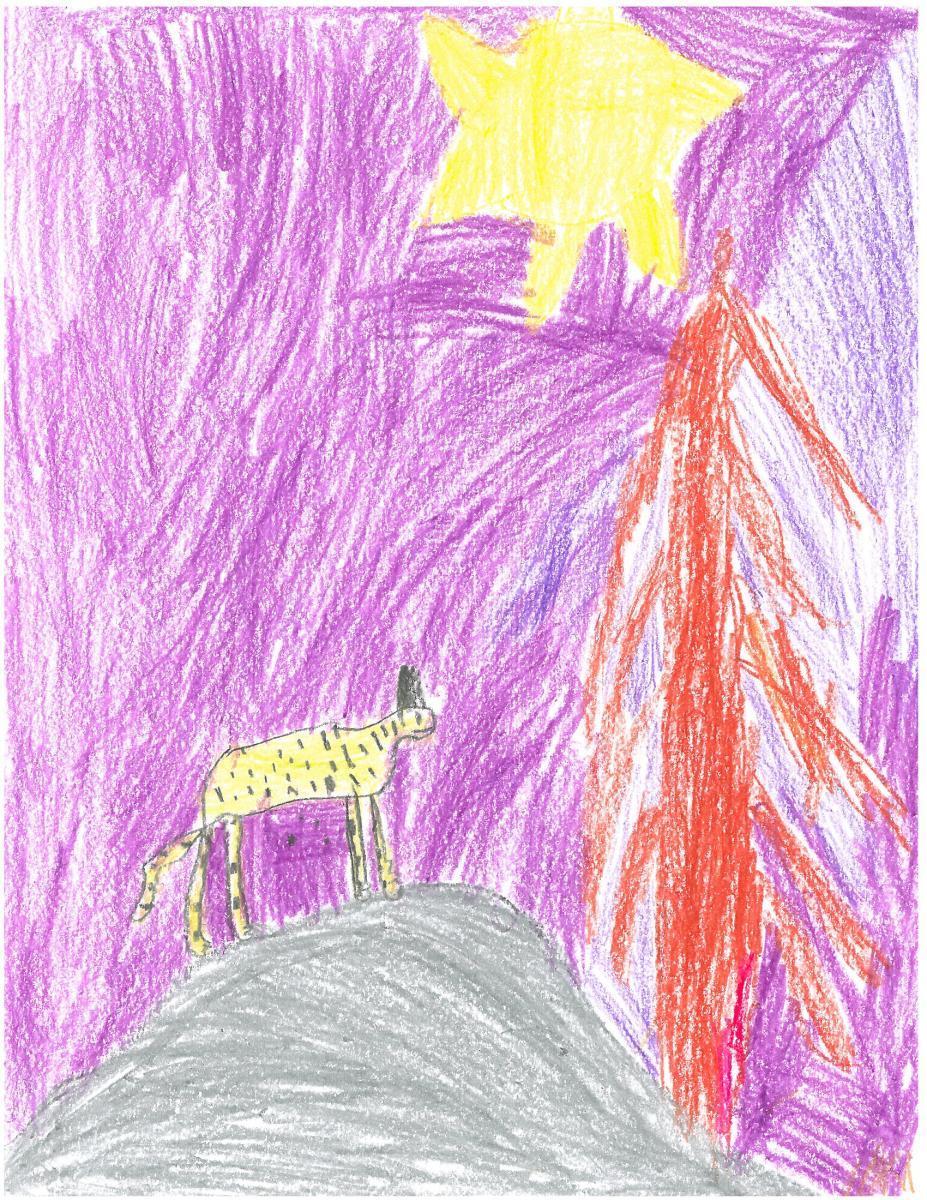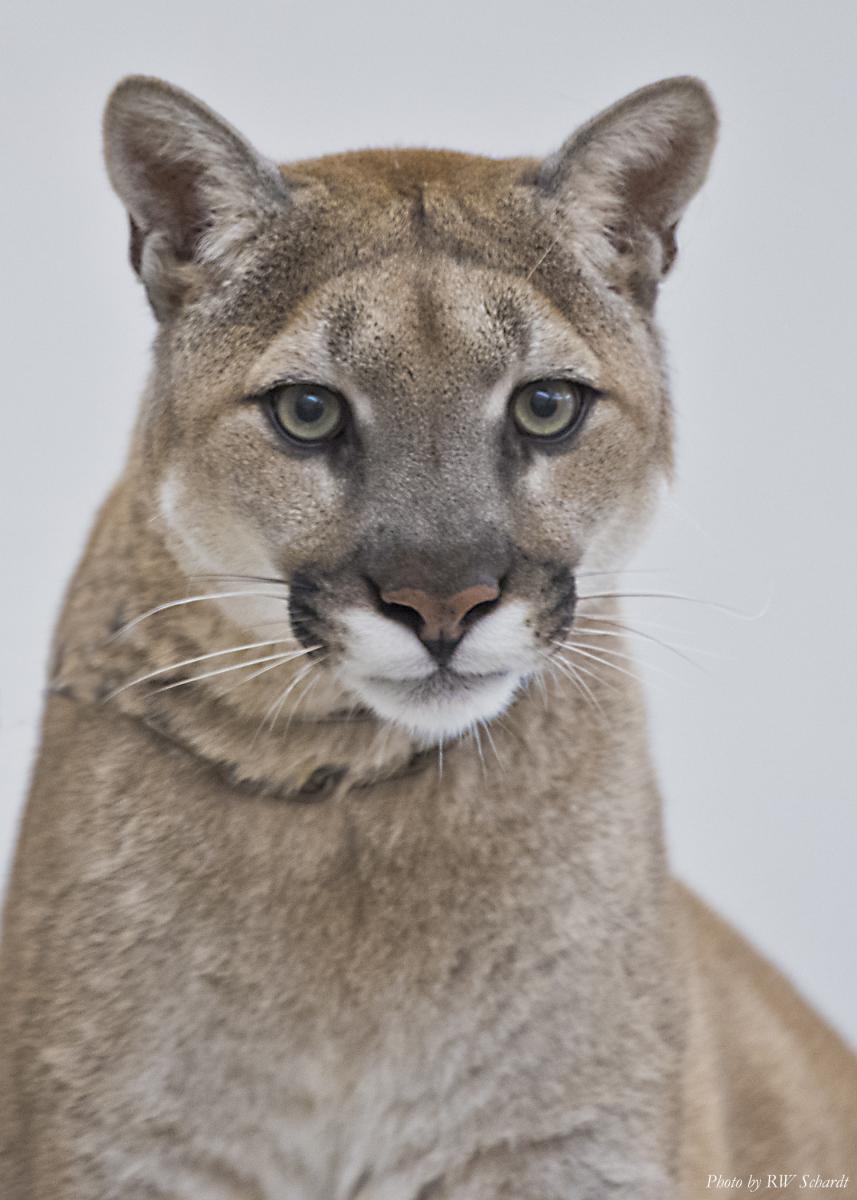 The audience of young students watched intently and seemed to hold their collective breath as educator Rob Dicely led ‘Shoshone,’ a 90-pound female mountain lion, to the stage. Guided by Dicely, Shoshone flexed her muscular hind legs and leapt effortlessly onto a table where she sat and studied her surroundings.
The audience of young students watched intently and seemed to hold their collective breath as educator Rob Dicely led ‘Shoshone,’ a 90-pound female mountain lion, to the stage. Guided by Dicely, Shoshone flexed her muscular hind legs and leapt effortlessly onto a table where she sat and studied her surroundings.
Last week, students at Mount Madonna School (MMS) had a rare opportunity to see four live wild cats up close: a serval, ocelot, Geoffroy’s cat and mountain lion. These cats are ‘ambassadors’ brought to the school by conservationists and former teachers Dicely and his wife, Barbara, co-founders of the Wild Cat Education and Conservation Fund (WCECF).
‘Our goal is to expand learning opportunities and increase awareness of the impact of human behavior on the habitat and survival of the 36 wild cat species around the world’ explained Barbara Dicely. ‘Either we learn how to share our planet with the other predators on it, or pretty soon man is going to be the only remaining predator.’
‘I liked seeing the serval’s large ears and learning how he uses his legs to reach inside of mice holes,’ said third grader Nicole Brandt. ‘I also thought it was interesting that the ocelot could climb up and down trees head first. The Geoffroy’s cat was really amazing because it had such sharp teeth and was very cute.’
 ‘The mountain lion was very big,’ shared fourth grader Bryce Adams with second grade buddies Forrest Movrich and Sebastian Yannone ‘We couldn’t believe that it could actually jump 18 feet in the air!’
‘The mountain lion was very big,’ shared fourth grader Bryce Adams with second grade buddies Forrest Movrich and Sebastian Yannone ‘We couldn’t believe that it could actually jump 18 feet in the air!’
Ralph Schardt, executive director of the Michael Lee Environmental Foundation (MLEF) and Monique Smith Lee, an MMS parent and MLEF board member, arranged for WCECF to share their educational program with the students. First through fifth graders students attended one assembly, and sixth through twelfth graders attended a second.
‘Education and awareness are key to wild cat species survival, as well as to the survival of many other animals, and it starts with our younger generation,’ commented Lee. ‘Many wild cat species are vulnerable, due primarily to habitat loss, poaching, hunting and the fur trade. I particularly wanted the MMS students to meet a mountain lion since they are found locally. Mountain lions are frequently in the news, and even though they are a protected species in California, are often killed simply because they are sighted near human-populated areas. ‘
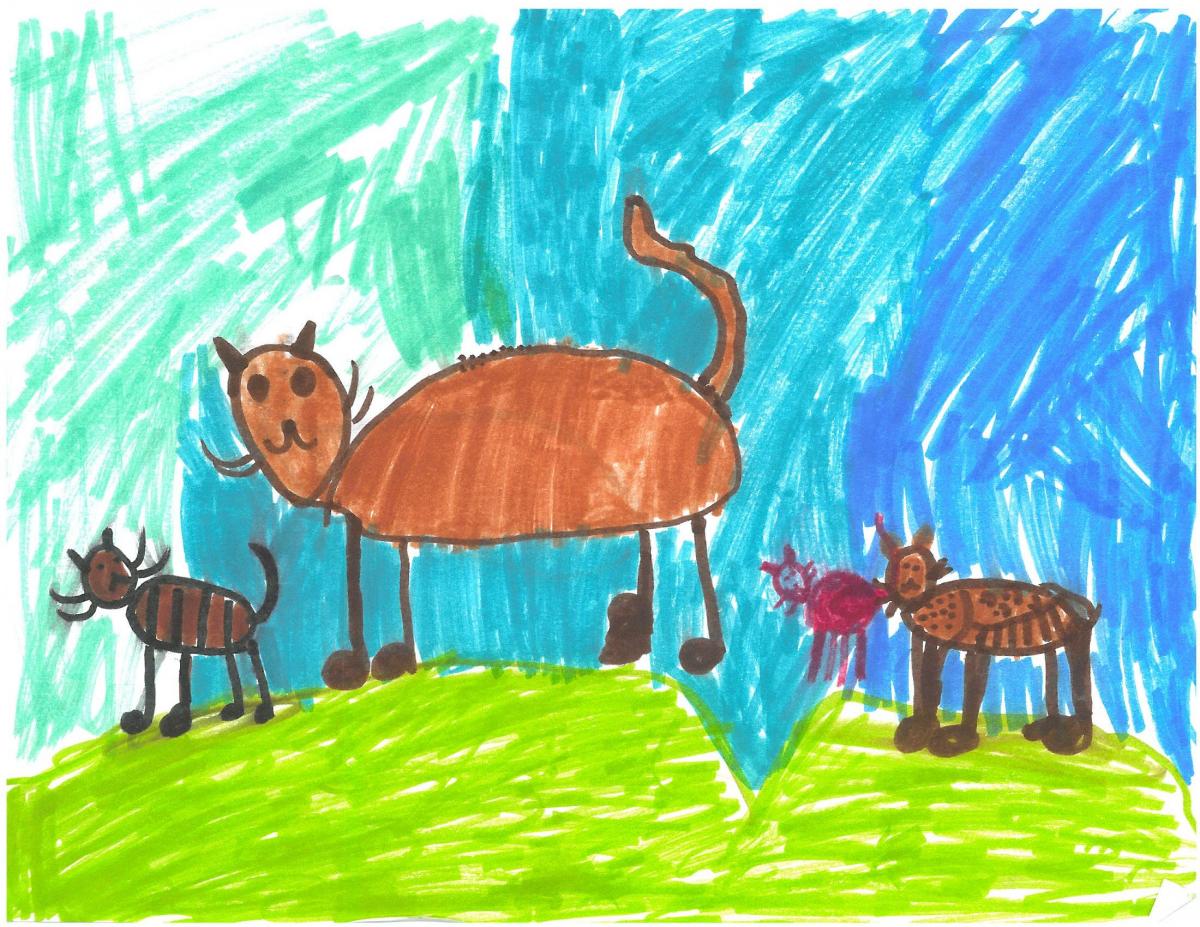 Third grade teacher Hamsa Heinrich said this type of educational presentations could help people to understand the importance of planning for open space and the support needed to protect endangered animals.
Third grade teacher Hamsa Heinrich said this type of educational presentations could help people to understand the importance of planning for open space and the support needed to protect endangered animals.
‘Bringing the wild cats to the children helped cultivate a deeper appreciation for these beautiful and unique animals,’ Heinrich reflected.
All of WCECF’s cats are captive born and purchased from licensed facilities for the explicit purpose of educational outreach. Each cat is housed in its own enclosure and has space, trees, toys, food, such as rabbits and rats, water, and a den box.
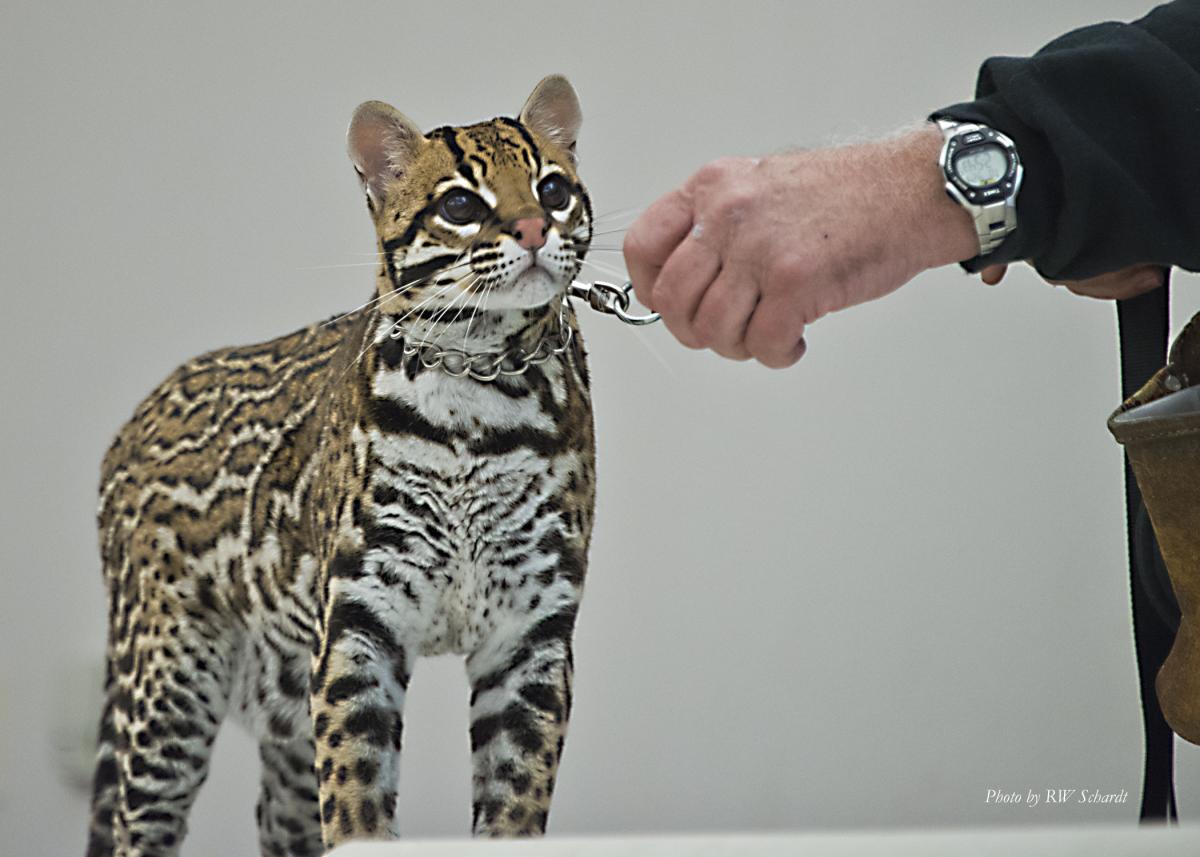 ‘We began our efforts in 1993 by developing our outreach education program with our ambassador cats,’ explained Barbara Dicely. ‘We average over 100 presentations per year, visiting schools, libraries, scout groups, park and recreation centers and private venues. To date, over 600,000 people have participated in our educational outreach programs. With the public’s help, we will continue to insure that these magnificent cats live on in the wild, not just in zoos, on TV, or on computers.’
‘We began our efforts in 1993 by developing our outreach education program with our ambassador cats,’ explained Barbara Dicely. ‘We average over 100 presentations per year, visiting schools, libraries, scout groups, park and recreation centers and private venues. To date, over 600,000 people have participated in our educational outreach programs. With the public’s help, we will continue to insure that these magnificent cats live on in the wild, not just in zoos, on TV, or on computers.’
‘Thank you for bringing the wild cats to MMS to teach us about them,’ third grader Colin Will wrote to the Dicelys after the assembly. ‘Now I understand how we need to set aside space so we can save the wild cats.’
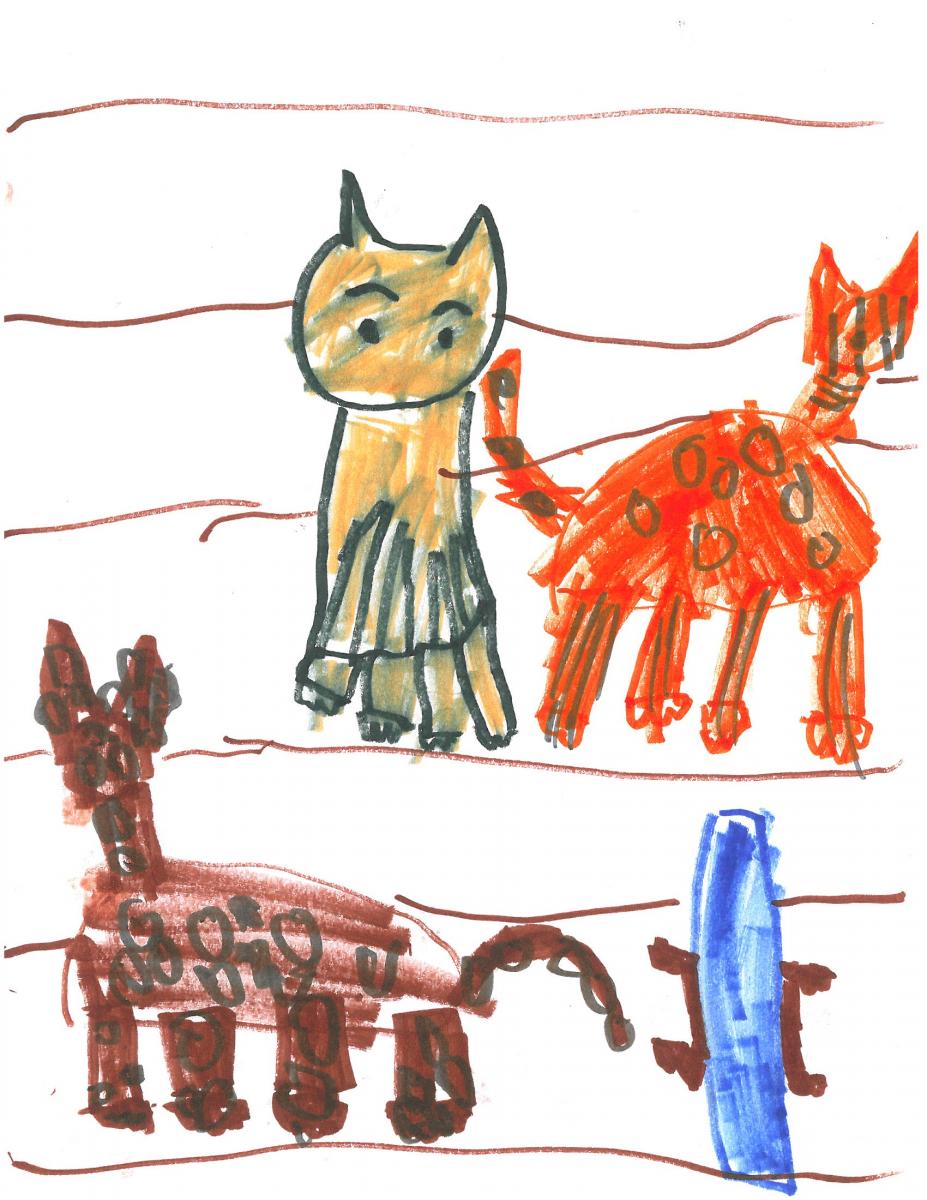 ‘It’s in our students’ hands to help wild animals and their natural habitats,’ agreed Lee. ‘Wild cats are a keystone species; they are critical for keeping a healthy predator/prey balance in nature. Many high school students are close to deciding what they want to do with their future, and for that age level especially, it’s so important they learn about conservation careers and opportunities if they have that particular aptitude. For the younger elementary and middle school ages, it’s an opportunity to open their eyes and ears and plant that seed for future germination.”
‘It’s in our students’ hands to help wild animals and their natural habitats,’ agreed Lee. ‘Wild cats are a keystone species; they are critical for keeping a healthy predator/prey balance in nature. Many high school students are close to deciding what they want to do with their future, and for that age level especially, it’s so important they learn about conservation careers and opportunities if they have that particular aptitude. For the younger elementary and middle school ages, it’s an opportunity to open their eyes and ears and plant that seed for future germination.”
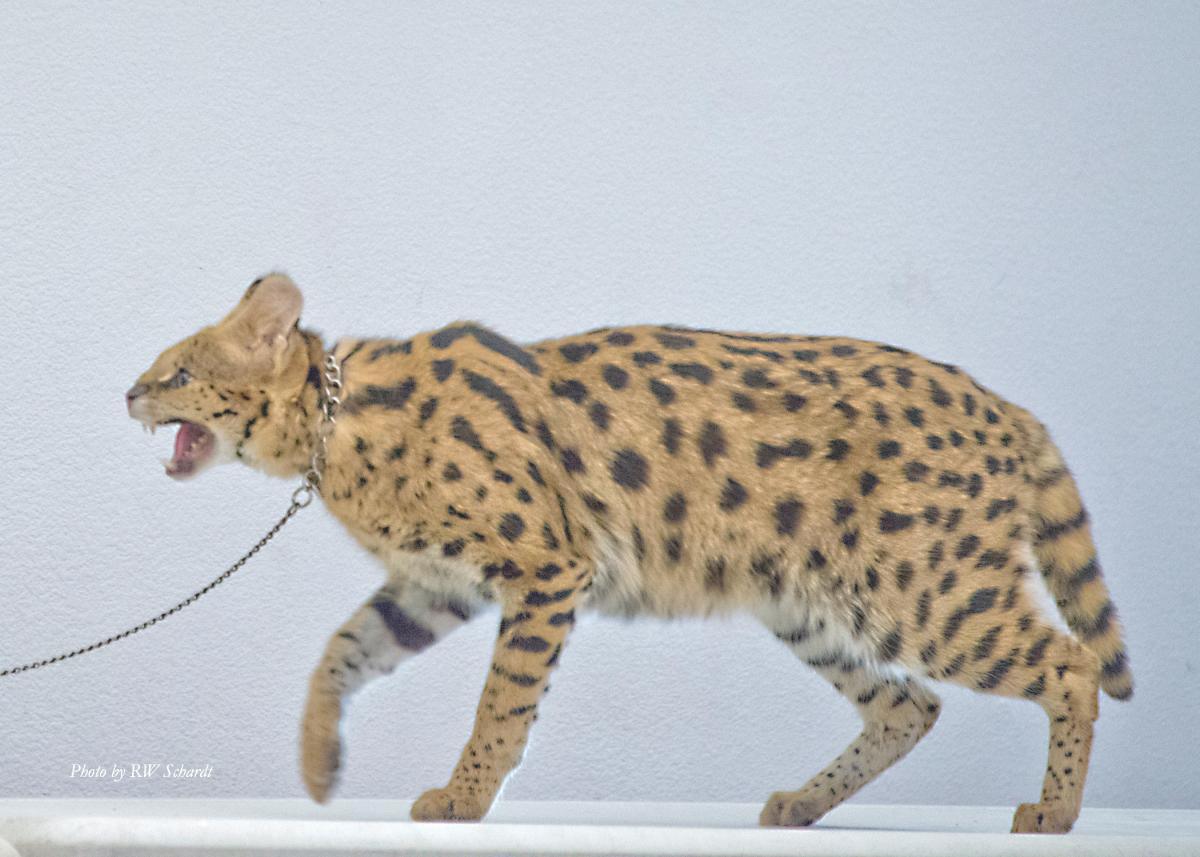
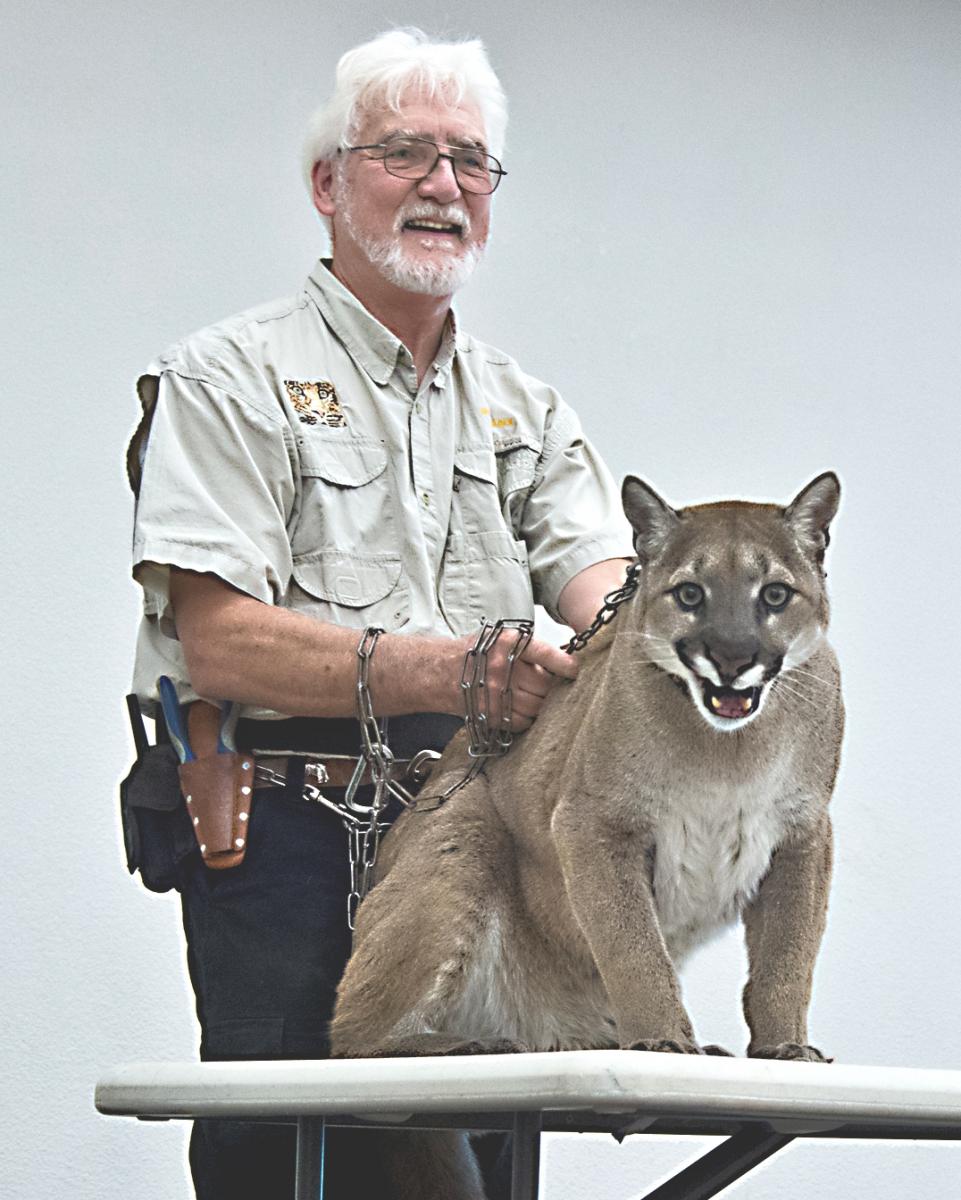 ####
####
Photos by Ralph Schardt
Contact: Leigh Ann Clifton, Marketing & Communications,
Nestled among the redwoods on 355 mountaintop acres, Mount Madonna is a safe and nurturing college-preparatory school that supports students in becoming caring, self-aware and articulate critical thinkers, who are prepared to meet challenges with perseverance, creativity and integrity. The CAIS and WASC accredited program emphasizes academic excellence, creative self-expression and positive character development. Located on Summit Road between Gilroy and Watsonville.

